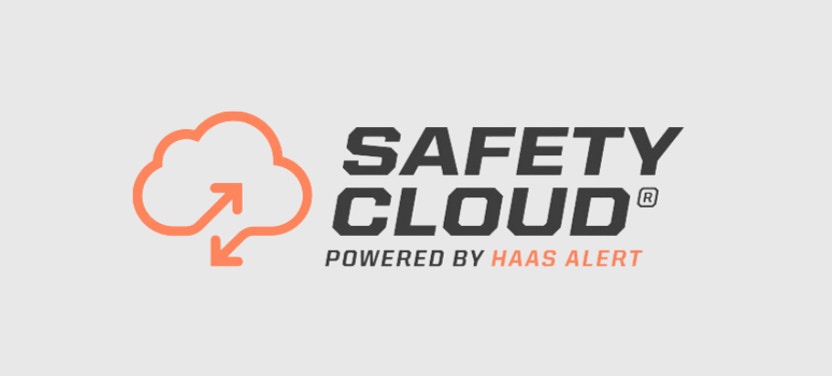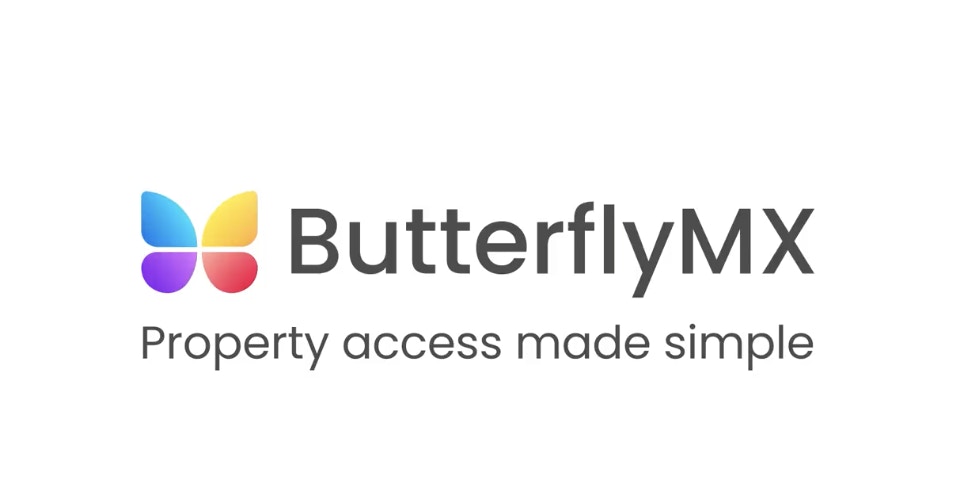School districts across the U.S. are facing staffing challenges, daily route changes, and increasing pressure to ensure accountability and student safety. Driver shortages are a chronic and growing problem for schools, which puts heightened pressure on school transportation departments to do more with fewer resources and personnel. At the same time, student transportation logistics have grown more complex: students may not ride the bus every day, after-school programs often alter pickup schedules, and many children split time between multiple households – demanding dynamic, highly personalized routing. And, as parents lack visibility into bus stops, timing, and their child’s location, school offices are frequently overwhelmed with daily parent phone calls.
With over 480,000 school buses transporting children each day, the need for real-time visibility, operational efficiency, and stakeholder transparency has never been greater. The current market is a mix of legacy infrastructure – marked by archaic routing technology and rudimentary communication tools – and greenfield opportunity, as many districts still have not adopted any digital tools. This dynamic creates an opportunity for the sector to undergo a long-overdue digital transformation where innovative, connected platforms will come out on top.














